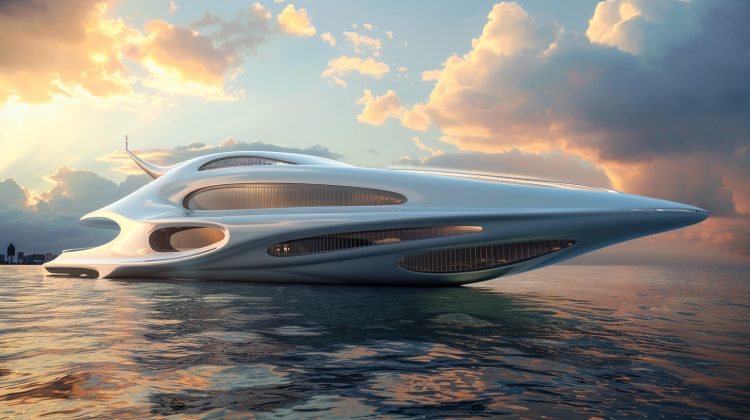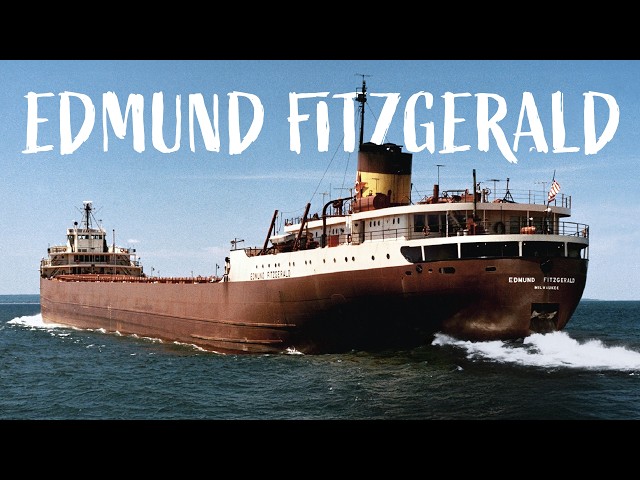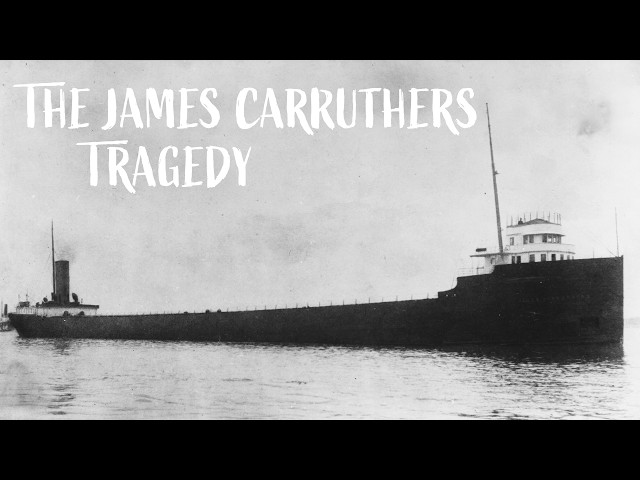Introduction
Boats have been an integral part of human civilization for thousands of years. From the earliest canoes and rafts to the technologically advanced vessels of today, the design and construction of boats have come a long way. In this article, we will explore the fascinating evolution of boat design throughout history.
Early Boats

The earliest evidence of boat design dates back to around 8,000 BC. These early boats were simple, made from materials such as logs, reeds, or animal skins. They served as a means of transportation, fishing, and exploration.
As civilizations developed along coastlines and near bodies of water, the need for more advanced boat designs arose. The ancient Egyptians and Mesopotamians, for example, built boats with flat bottoms and square sails. These boats allowed for easier navigation and transportation of goods.
Ancient Greek and Roman Boats
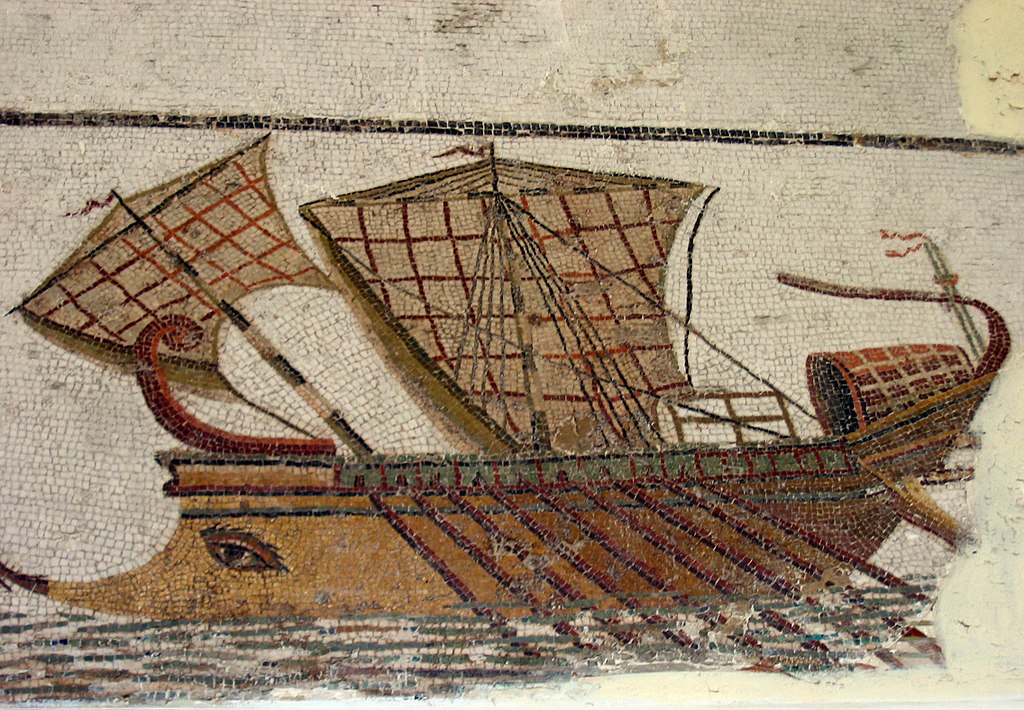
The ancient Greeks and Romans were known for their naval prowess. They developed various types of boats, each designed for specific purposes. The trireme, for example, was a warship with three rows of oars on each side. It was famous for its speed and agility in battle.
The Romans, on the other hand, built ships called galleys that were used for both trade and warfare. These ships had a unique design with a long, slender hull and multiple rows of oars.
Medieval and Renaissance Era
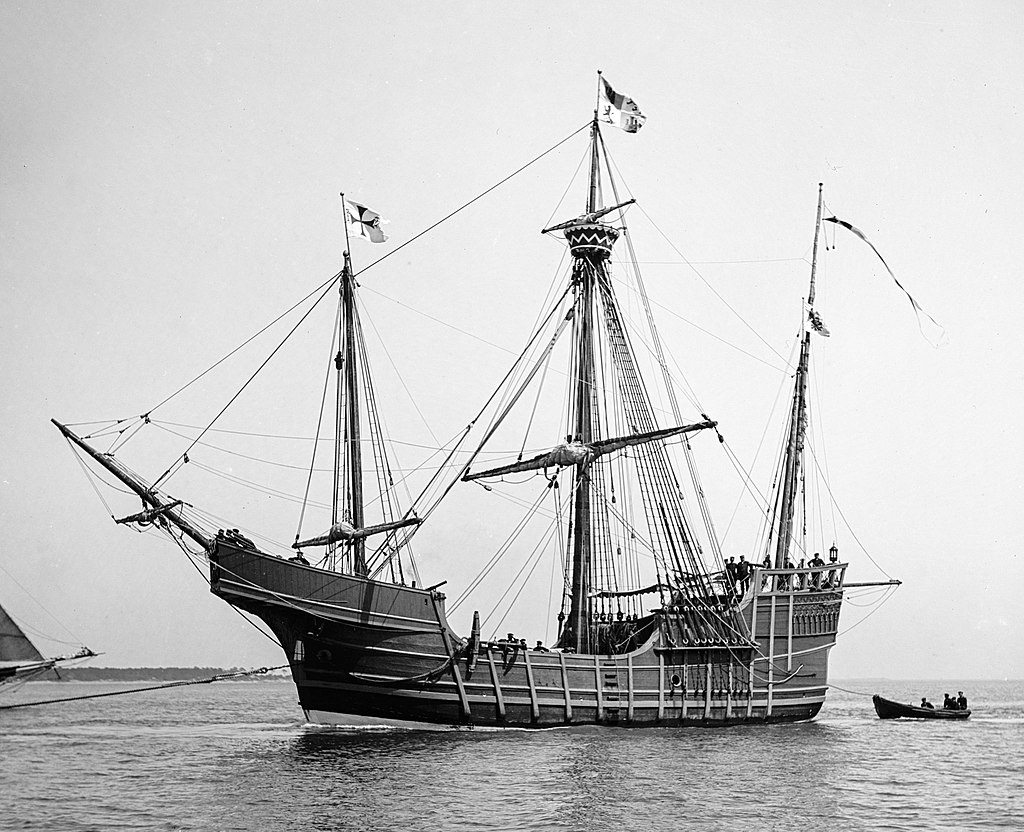
During the medieval and Renaissance era, boat design underwent significant changes. Sail technology improved, allowing for larger and more efficient sails. This led to the development of ships such as the cog and the caravel.
The cog was a sturdy, square-rigged ship that was widely used for trade and exploration. The caravel, on the other hand, was a smaller and faster ship that played a crucial role in the Age of Discovery. It enabled explorers like Christopher Columbus and Vasco da Gama to undertake long-distance journeys.
Industrial Revolution
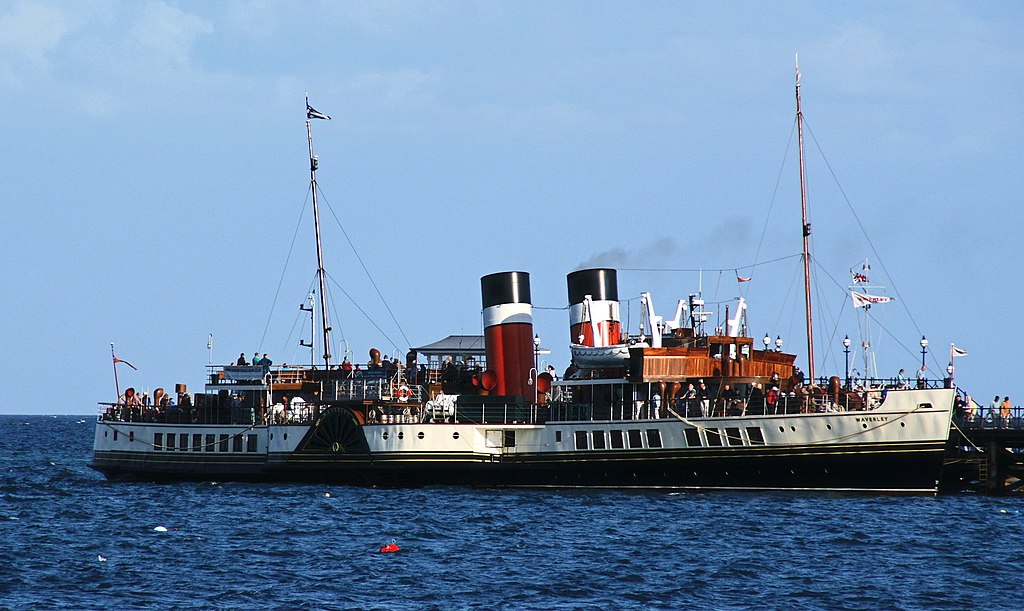
The Industrial Revolution brought about revolutionary changes in boat design. With the invention of steam power, boats no longer relied solely on wind and oars for propulsion. Steamships, powered by coal or oil, became the new standard in maritime transportation.
Steamships were larger and faster than traditional sailing ships. They revolutionized trade and travel by reducing travel times significantly. The transatlantic steamship, for example, made it possible to cross the Atlantic Ocean in a matter of weeks, compared to several months aboard a sailing ship.
Modern Boat Design
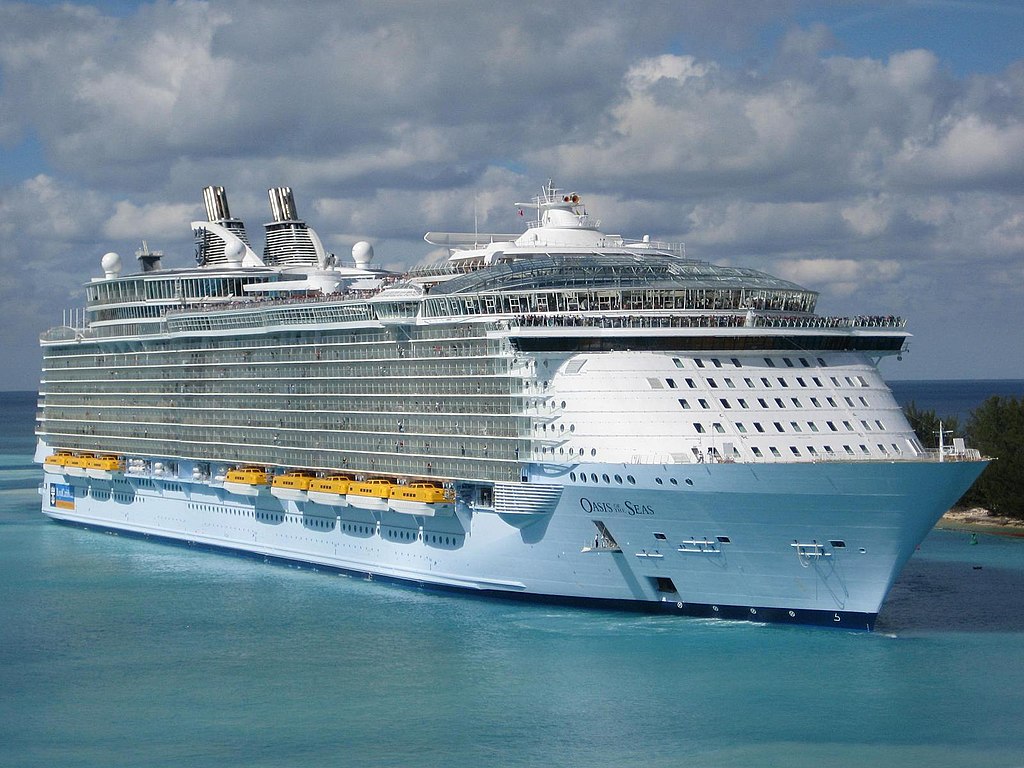
In the 20th century, boat design continued to evolve with the introduction of new materials and technologies. Fiberglass became a popular material for boat construction due to its strength and durability. This allowed for the design of sleek, aerodynamic boats with improved performance.
Advancements in engine technology also played a significant role in boat design. The development of powerful and fuel-efficient engines made it possible to build faster and more efficient boats. Today, boats come in various shapes and sizes, from small recreational boats to large luxury yachts.
The Future of Boat Design
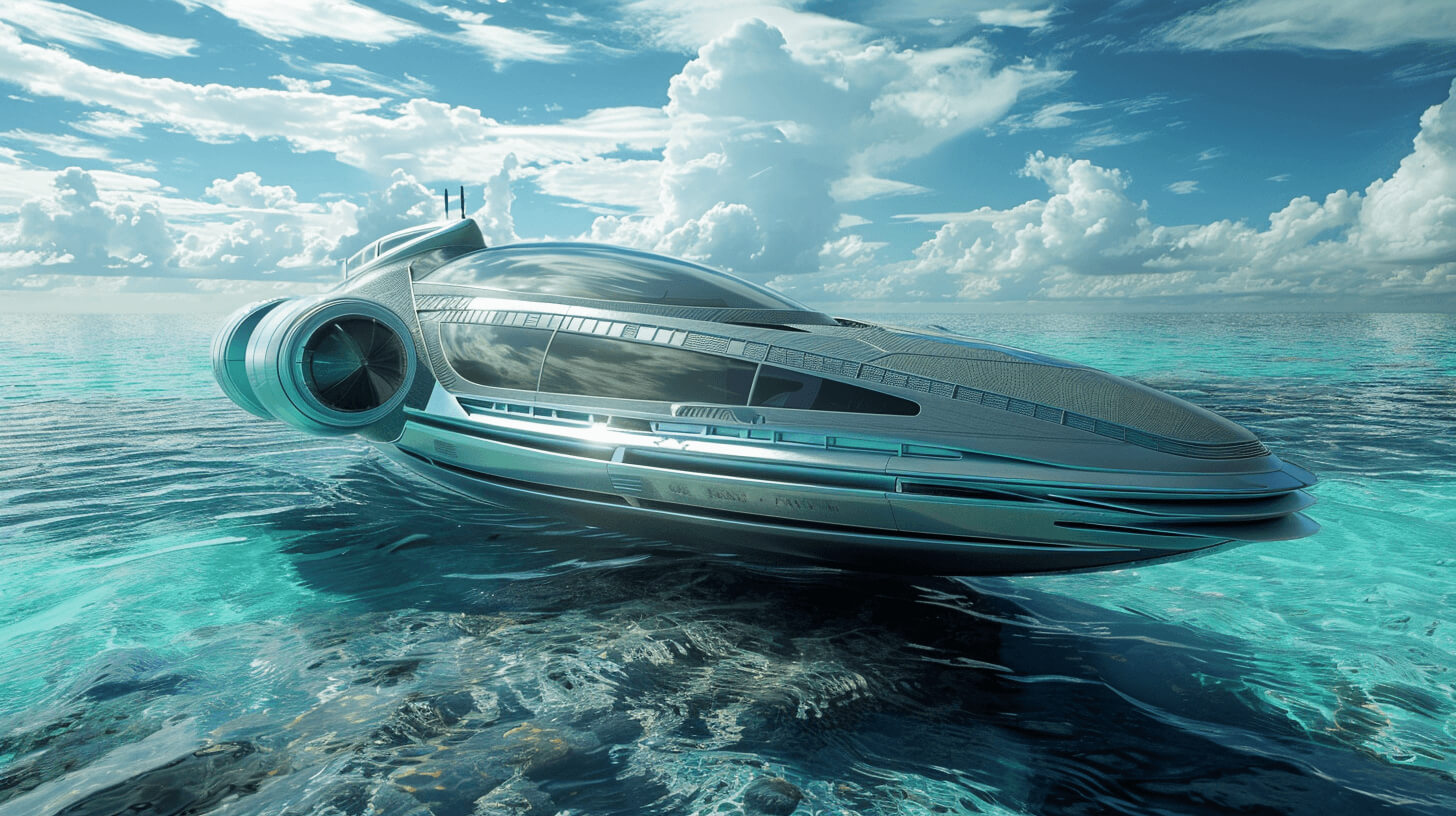
The future of boat design is likely to be influenced by emerging technologies such as electric propulsion and autonomous navigation. Electric boats are already gaining popularity due to their eco-friendly nature and quiet operation.
Autonomous navigation systems, similar to those used in self-driving cars, could revolutionize the way boats are operated. These systems would enable boats to navigate and avoid obstacles without human intervention, making boating safer and more accessible.
Conclusion
The evolution of boat design is a testament to human ingenuity and the desire for exploration and innovation. From simple rafts to high-tech yachts, boats have come a long way throughout history. As technology continues to advance, future boat designs are likely to be even more efficient, environmentally friendly, and accessible to all.
